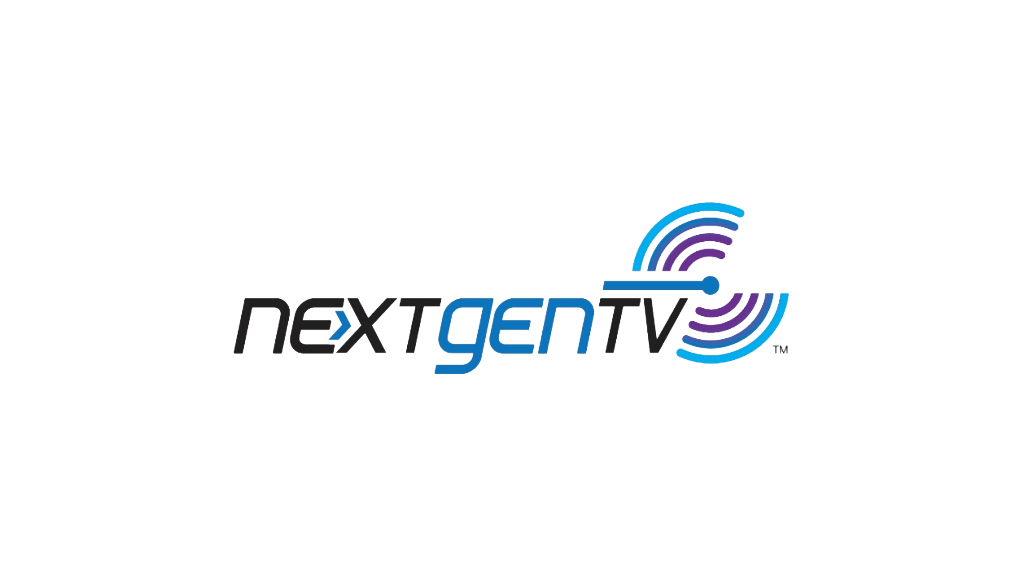At a much-diminished CES convention in Las Vegas due to the coronavirus pandemic, the NEXTGEN TV project is claiming significant industry momentum for the future of broadcast television in the United States. Among the developments announced is testing of reception in moving vehicles and increasing adoption by display manufacturers.
The Motown Test Track for merging automotive applications with NEXTGEN TV continues its research and development in Detroit for the automotive industry. It is literally road-testing proof-of-concepts for connected cars using the internet protocol capabilities of the ATSC 3.0 broadcast standard. This is claimed to provide a robust one-to-many delivery system at a lower cost than other systems, such as 5G.
Tests by Sony Electronics demonstrated the transmission of files to devices on the move, transmitters in separate markets working in tandem, and successful reception with multiple antennae.
Anne Schelle, the managing director of Pearl TV, a broadcaster coalition managing the NEXTGEN TV rollout, said that the technology is critical to the preservation of free, over-the-air local news.
“NEXTGEN TV has garnered remarkable traction in a relatively short time since the first commercial launch in early 2020, proving that watching TV is more than just one of America’s favorite pastimes. Television is our source for news, entertainment and access to our communities and the broader world,” she said.
“Sony’s results prove that transformative advances in core TV broadcast technologies made possible by ATSC 3.0 give terrestrial broadcasters new ways to deliver infotainment and IP data services to an infinite number of vehicles– and the displays and devices in them– simultaneously, whether on-the-go or in the garage.

At the CES consumer electronics convention in Las Vegas, NEXTGEN TV was on display with various partners. There is also a virtual exhibit through a dedicated web site.
Currently broadcasting in more than 40 markets covering 45% of the US population, NEXTGEN TV is expected to reach 75% of US households by the summer.
There are over 70 models of ATSC 3.0 compatible televisions available, from manufactures including LG, Samsung, and Sony, now joined by Hisense, which will introduce new models in the second half of the year.
MediaTek has announced hardware system that includes an ATSC 3.0 demodulator and a smart television system on a chip, together with a software stack for Android and Linux. This will enable other television brands to reach the market with reduce risk and cost of development.
According to the Consumer Technology Association, 2021 sales of NEXTGEN TVs more than tripled last year’s original forecast, with 3 million units shipped by manufacturers. The CTA is projecting sales of 4.5 million units in 2022, as the number of TV makers endorsing the ATSC 3.0 technology continues to grow.
